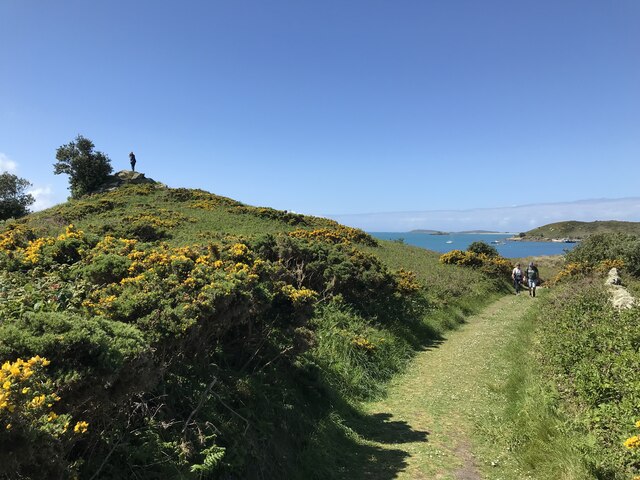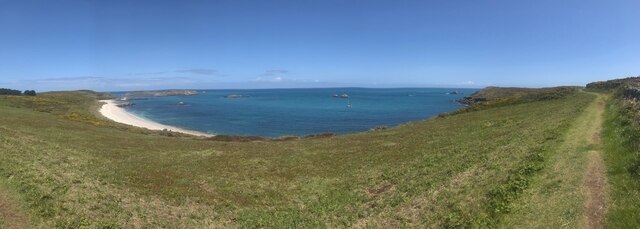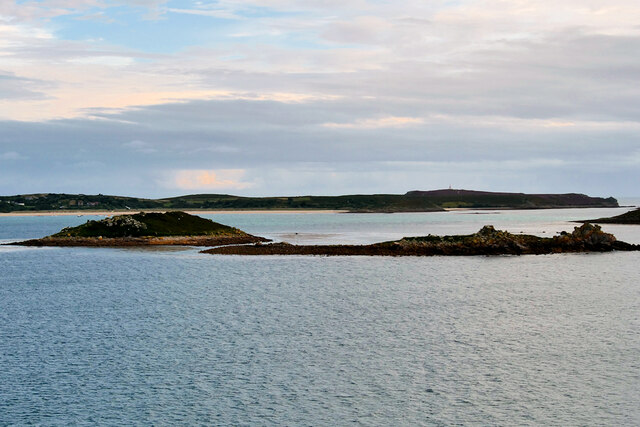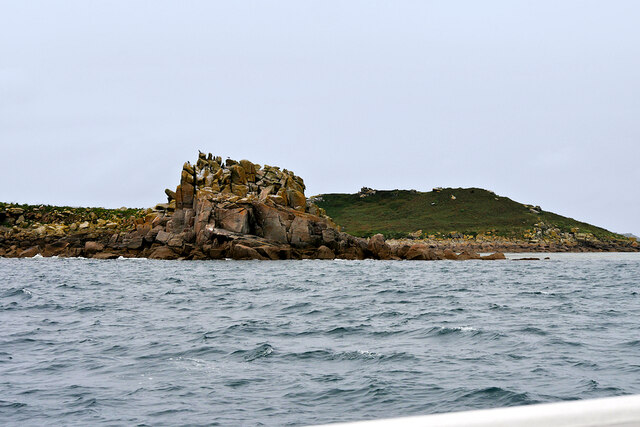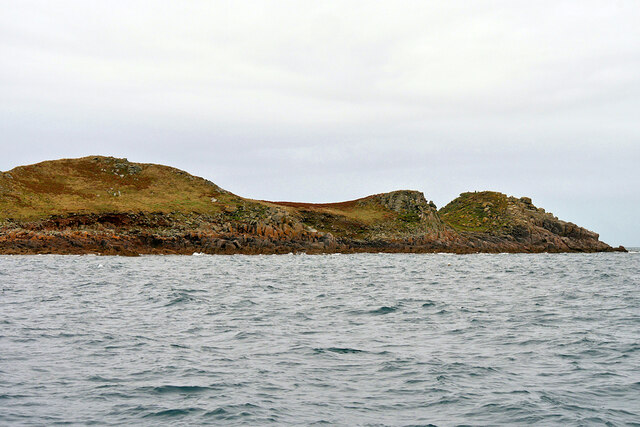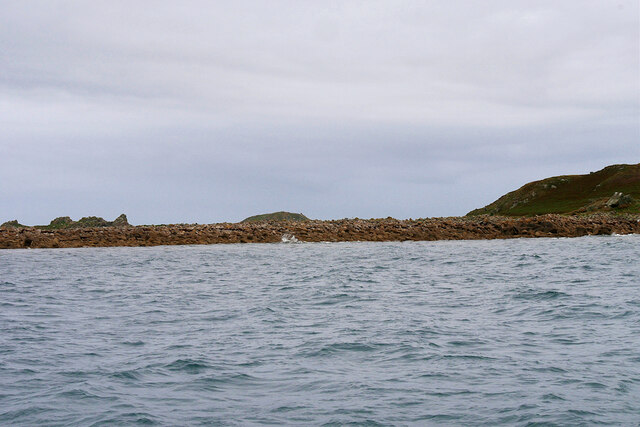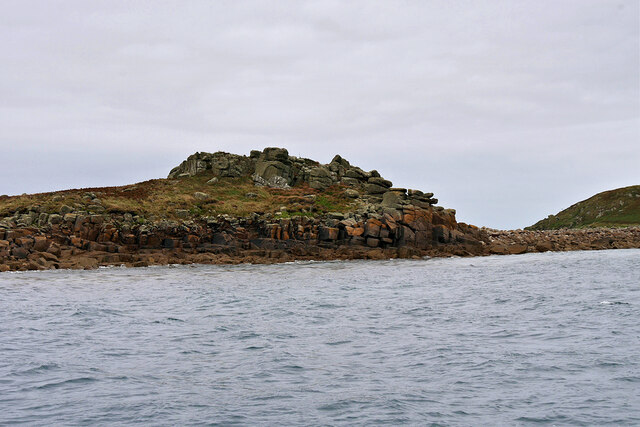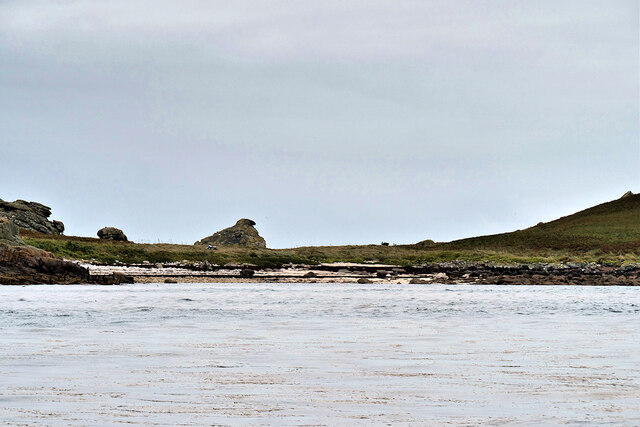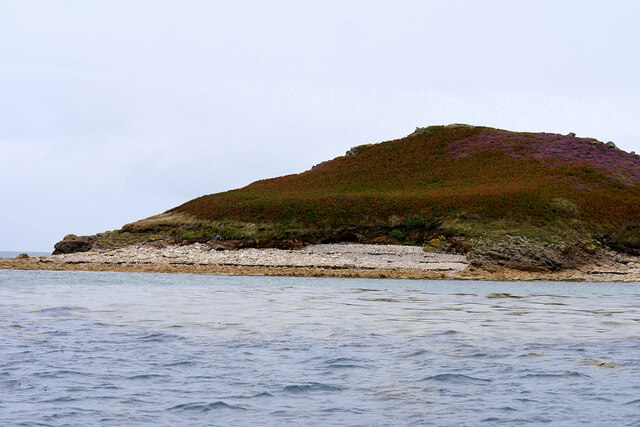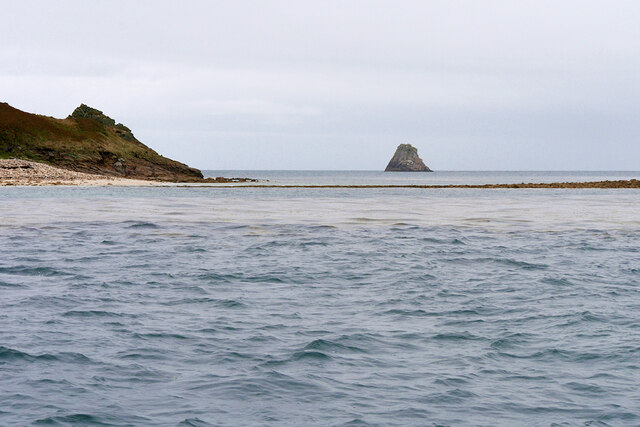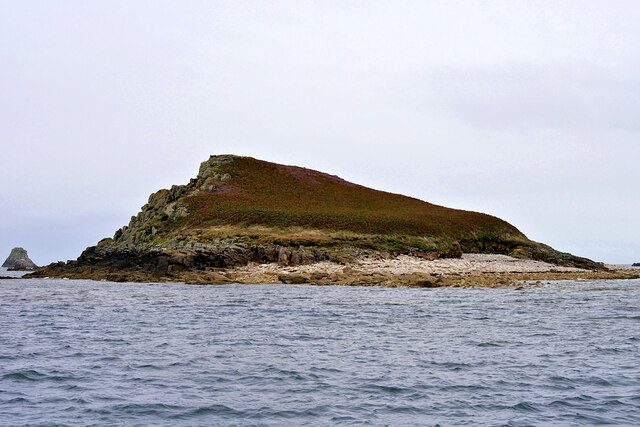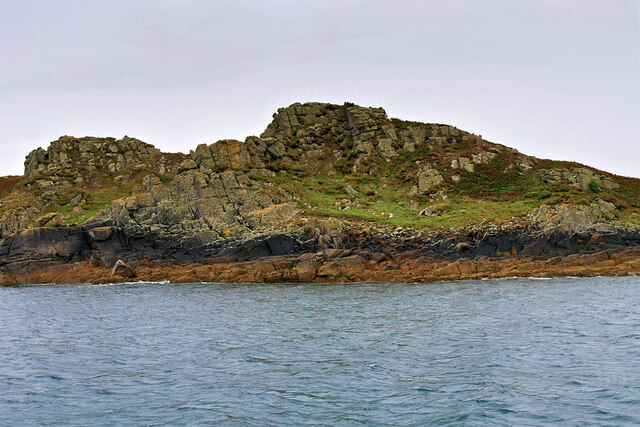Chimney Rocks
Island in Cornwall
England
Chimney Rocks
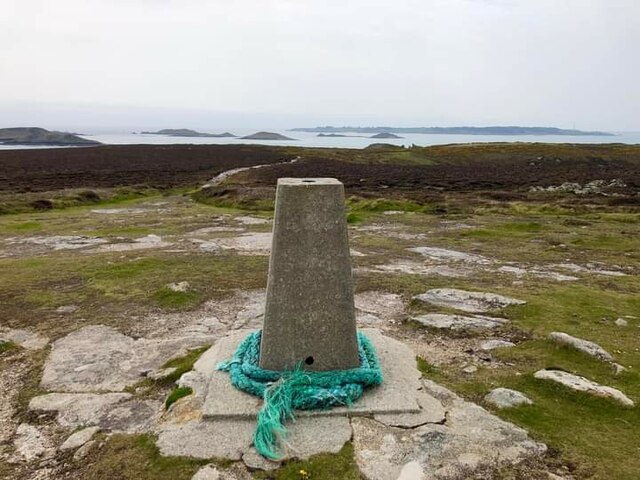
Chimney Rocks is a small island located off the coast of Cornwall, England. It is situated about 1.5 miles southwest of Land's End, the westernmost point of mainland Britain. The island gets its name from the rock formations that resemble chimneys rising from the sea.
Measuring approximately 200 meters in length and 100 meters in width, Chimney Rocks is a popular destination for tourists and nature enthusiasts. Accessible only by boat, the island offers visitors a unique opportunity to explore its rugged coastline and enjoy stunning views of the Atlantic Ocean.
The island is characterized by its towering cliffs, which reach heights of up to 60 meters above sea level. These cliffs provide nesting sites for a variety of seabirds, including puffins, guillemots, and razorbills. The surrounding waters are also home to a diverse range of marine life, such as seals, dolphins, and porpoises, making it a popular spot for wildlife enthusiasts and birdwatchers.
Chimney Rocks is known for its unique geology, with its distinctive rock formations attracting geologists and rock climbers alike. The island is composed mainly of granite, which has been shaped over thousands of years by the relentless forces of the sea. The result is a dramatic landscape of caves, arches, and stacks that provide a challenging playground for climbers and a picturesque backdrop for photographers.
Overall, Chimney Rocks offers visitors a chance to immerse themselves in the natural beauty of Cornwall's coastline. With its striking rock formations, diverse wildlife, and breathtaking views, it is a must-visit destination for anyone seeking an unforgettable experience in this picturesque corner of England.
If you have any feedback on the listing, please let us know in the comments section below.
Chimney Rocks Images
Images are sourced within 2km of 49.959695/-6.2627429 or Grid Reference SV9415. Thanks to Geograph Open Source API. All images are credited.
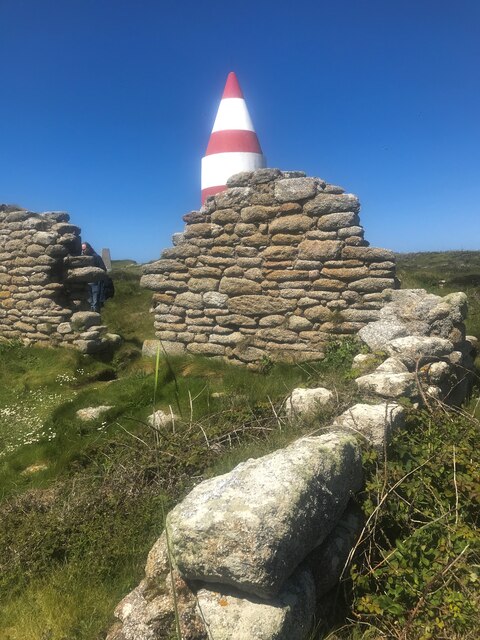
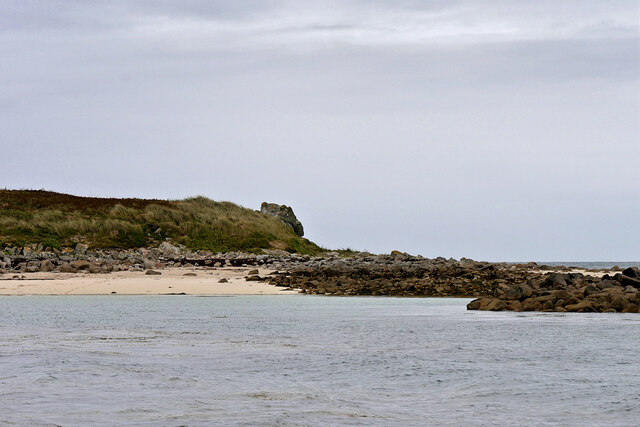
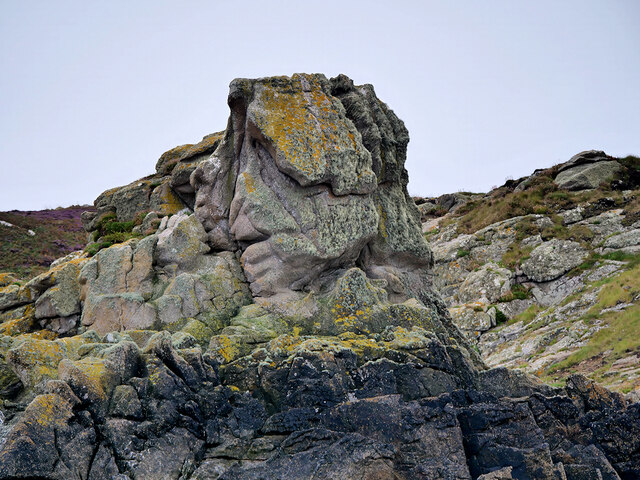
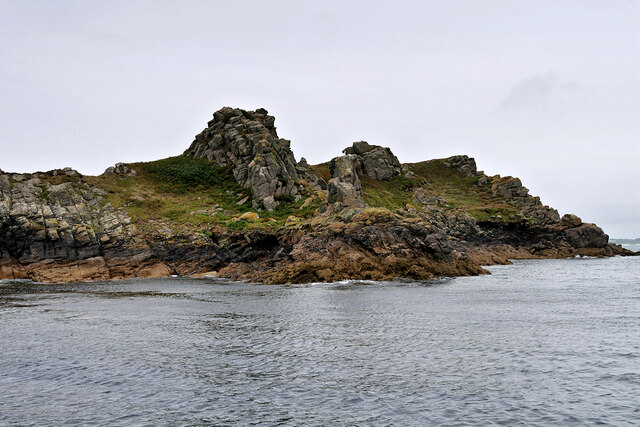
Chimney Rocks is located at Grid Ref: SV9415 (Lat: 49.959695, Lng: -6.2627429)
Division: Isles of Scilly
Unitary Authority: Isles of Scilly
Police Authority: Devon and Cornwall
What 3 Words
///initial.simulations.people. Near St Martin's, Isles of Scilly
Related Wikis
PS Earl of Arran (1860)
PS Earl of Arran was a passenger vessel operated by the Ardrossan Steamboat Company from 1860 to 1871 and the West Cornwall Steam Ship Company from 1871...
Great Ganilly
Great Ganilly ( gə-NIL-ee; Cornish: Goonhyli Veur, lit. 'great saltwater downs') is one of the Eastern Isles of the Isles of Scilly. It has a maximum total...
Eastern Isles
The Eastern Isles (Cornish: Enesow Goonhyli, islands of the salt water downs) are a group of twelve small uninhabited islands within the Isles of Scilly...
Higher Town, Isles of Scilly
Higher Town (Cornish: Trewartha) is the easternmost and largest settlement on the island of St Martin's in the Isles of Scilly, England. It is situated...
Nearby Amenities
Located within 500m of 49.959695,-6.2627429Have you been to Chimney Rocks?
Leave your review of Chimney Rocks below (or comments, questions and feedback).
